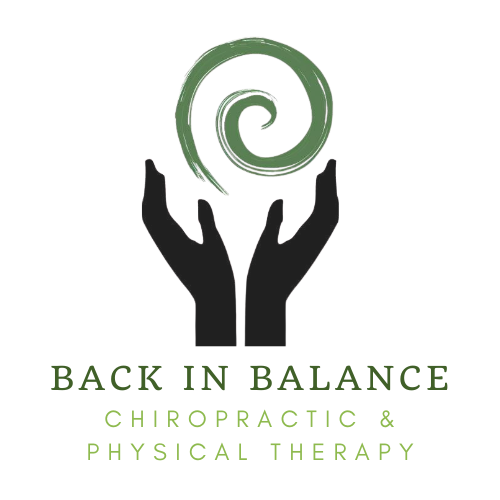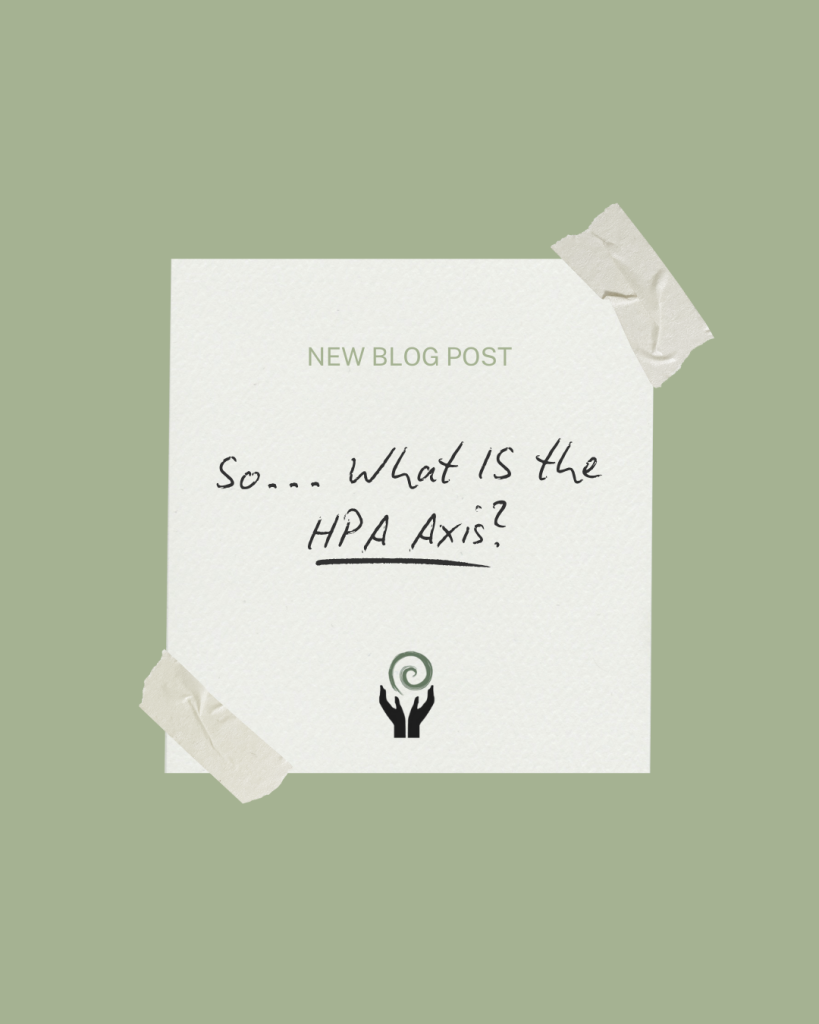Understanding the Body’s Stress System and How to Regulate It Naturally
We often discuss stress, hormones, and how to support whole-body wellness, and the one system that plays a central role in all of this is the HPA axis. If you’ve been feeling unusually tired, foggy, anxious, or out of sync, this might be the missing link.
Let’s dive into what the HPA axis is, why it matters, and how you can support it naturally.
What Is the HPA Axis?
The HPA axis stands for the hypothalamic-pituitary-adrenal axis, a communication network between three key parts of the body:
The hypothalamus in the brain
The pituitary gland at the base of the brain
The adrenal glands located on top of the kidneys
Together, these glands regulate your body’s response to stress, largely through the release of cortisol, your primary stress hormone. When your brain perceives a threat, this system activates your “fight or flight” response. Once the stress passes, the system should return to baseline.
But in today’s world– where chronic stress from work, sleep deprivation, and emotional strain is nearly unavoidable– this system often gets stuck in overdrive. That’s where dysfunction can begin.
Symptoms of HPA Axis Dysfunction
When the HPA axis becomes dysregulated, the body starts to show signs. Many of these symptoms can easily be mistaken for other health issues:
Persistent fatigue, even after a full night of sleep
Difficulty waking up in the morning
Brain fog or poor concentration
Mood swings, irritability, or feelings of anxiety
Trouble falling or staying asleep
Hormonal imbalances, such as PMS or irregular cycles
Increased abdominal fat, especially when diet and exercise haven’t changed
Weakened immune response
Cravings for sugar or salt
While this is sometimes referred to as “adrenal fatigue,” a more accurate term is HPA axis dysregulation.
How to Support and Regulate the HPA Axis
The encouraging news is that the HPA axis can be supported and rebalanced through simple but powerful lifestyle changes.
1. Manage Stress Mindfully
Incorporate practices such as meditation, breathwork, journaling, or quiet time in nature. Reducing your exposure to constant digital noise can also make a big difference.
2. Prioritize Restorative Sleep
Aim for seven to nine hours of quality sleep each night. Create a relaxing bedtime routine, keep screens out of the bedroom, and try to maintain a regular sleep schedule—even on weekends.
3. Eat to Nourish, Not Just Fuel
Focus on whole, nutrient-dense foods, particularly those rich in B vitamins, magnesium, and omega-3s. Avoid excessive sugar and caffeine, and stay well hydrated throughout the day.
4. Consider Adaptogenic Herbs
Herbs such as ashwagandha, rhodiola, holy basil, and licorice root have been shown to help modulate the stress response and support adrenal health. We recommend exploring our in-office HPA Axis Trifecta for targeted support.
5. Exercise with Intention
Movement is essential, but the type and intensity matter. Gentle, consistent activity like walking, stretching, or light strength training can be more beneficial than pushing through intense workouts when you’re already feeling depleted.
6. Work with a Practitioner
If symptoms persist or you want a deeper look at your hormone and cortisol patterns, schedule a functional medicine appointment with Dr. Lindsey. Together, we can create a personalized plan to help restore balance and vitality.
Getting to the Root
Regulating the HPA axis isn’t about removing all stress from your life—it’s about improving how your body responds to it. When supported properly, the HPA axis helps you build resilience, recover more quickly, and feel more energized and emotionally steady.
If you suspect your stress response is out of sync, we’re here to help you get back in balance—naturally and intentionally. Check out our new landing page for all things HPA Axis related, learn about the Dutch CAR test, and sign up for our email newsletter for more info straight into your inbox!




